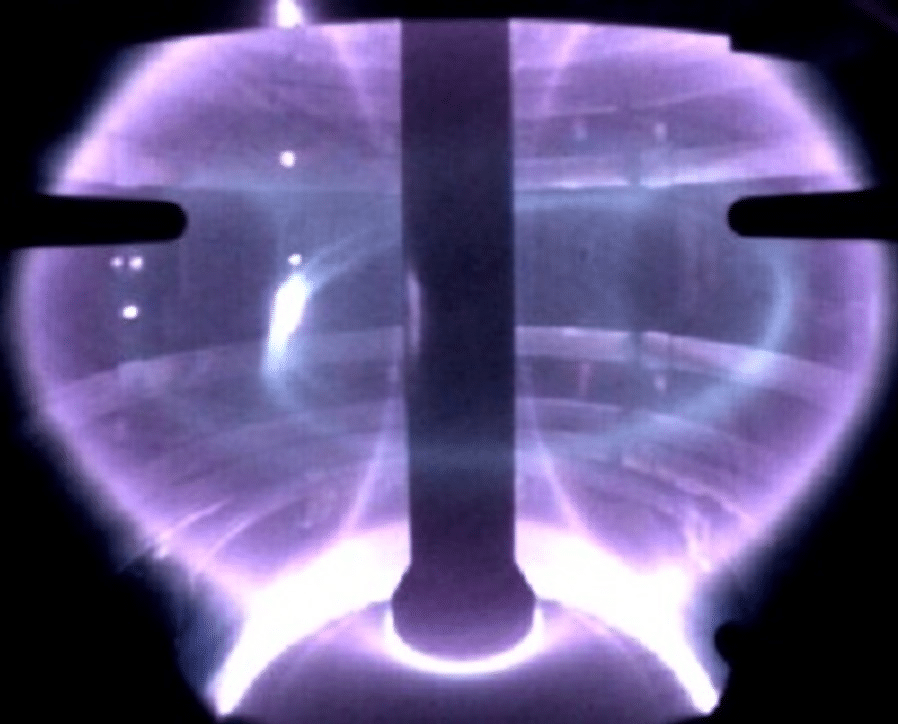Fusion Funding News

Written by Tim Lash, Focus Fusion Society Contributor.
Recent posts have outlined the struggle for non-mainstream fusion project to secure funding. Meanwhile, legacy tokamak projects continue forward with their out-sized budgets. This week brought news from ITER, MAST and W7-X.
With much fanfare, the press carried news that ITER construction reached the half complete mark. The construction site in southern France hosts the multi-billion euro international research effort. While half complete, the construction schedule stretches for another eight years. At that point, in 2025, project planners anticipate first plasma. An additional ten years of testing will follow while the plant reaches full design power. However, these timelines are being imperiled by the Trump administration’s budget. Both funding in 2017 and 2018 are placing the project timing at risk.
In the UK, the government has committed 86 million pounds to the UK Atomic Energy Authority (UKAEA) for the building and operation of a National Fusion Technology Platform (NaFTeP) at Culham Science Centre. The Culham Centre currently hosts the Mega Amp Spherical Tokamak (MAST) reactor, as well as the Joint European Torus (JET) project. MAST will complete a major systems upgrade in 2018. JET is the world’s largest and most powerful tokamak and the focal point of the European fusion research program. This public investment should generate about one hundred new jobs at the facility.
Lastly, the 1.1 billion dollar Wendelstein 7-X project recently released an interesting video. The video shows an internal view of the reactor during test operation. This test phase of the reactor began in September of 2017. The video shows bright flashes erupting inside the reactor, showing the plasma path.
While these super funded projects continue forward, many other interesting alternative fusion projects struggle for funding. LPPFusion recently opened a new funding mechanism. The WeFunder platform allows modest investments in private ventures. This post contains more information.